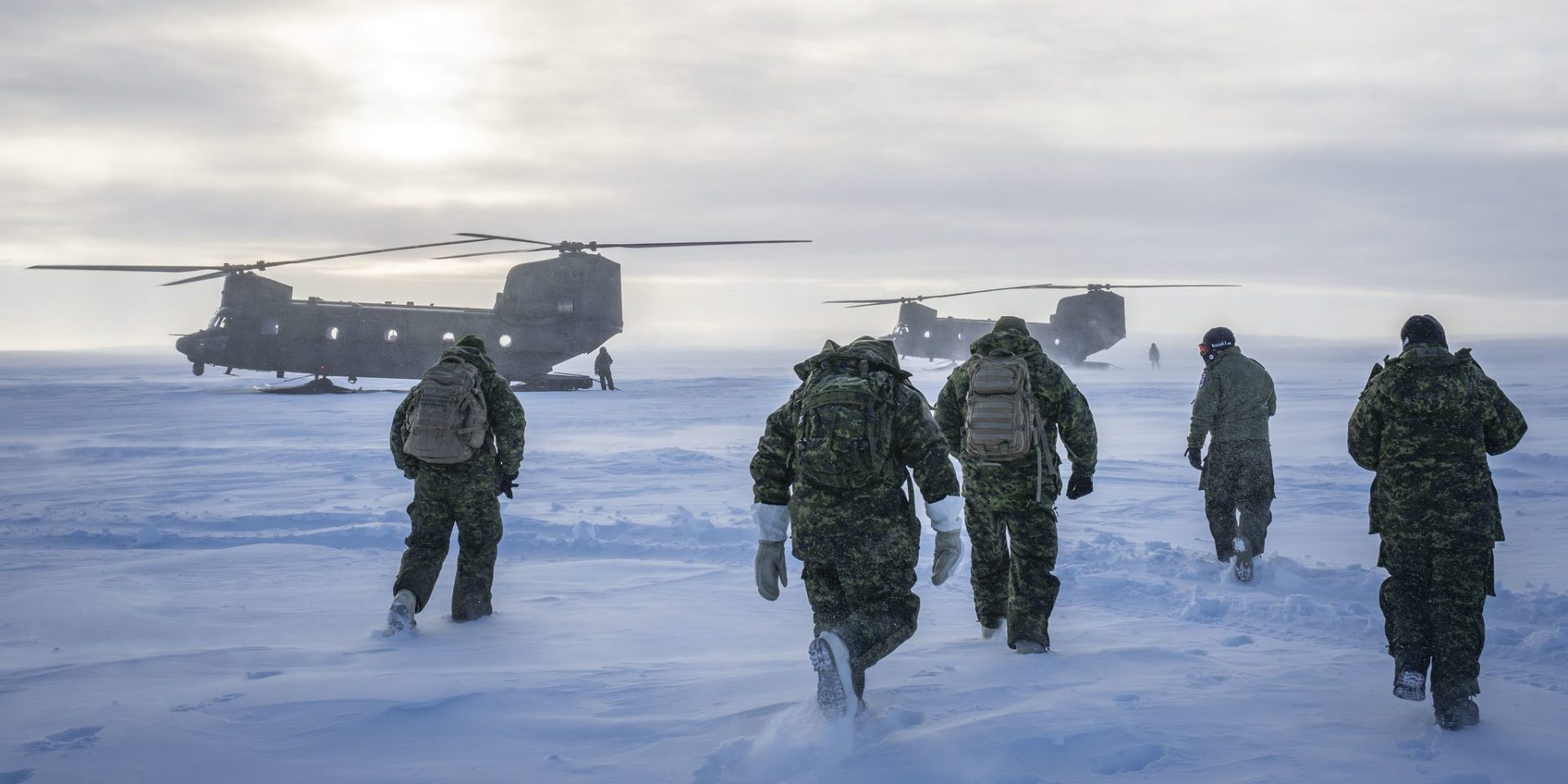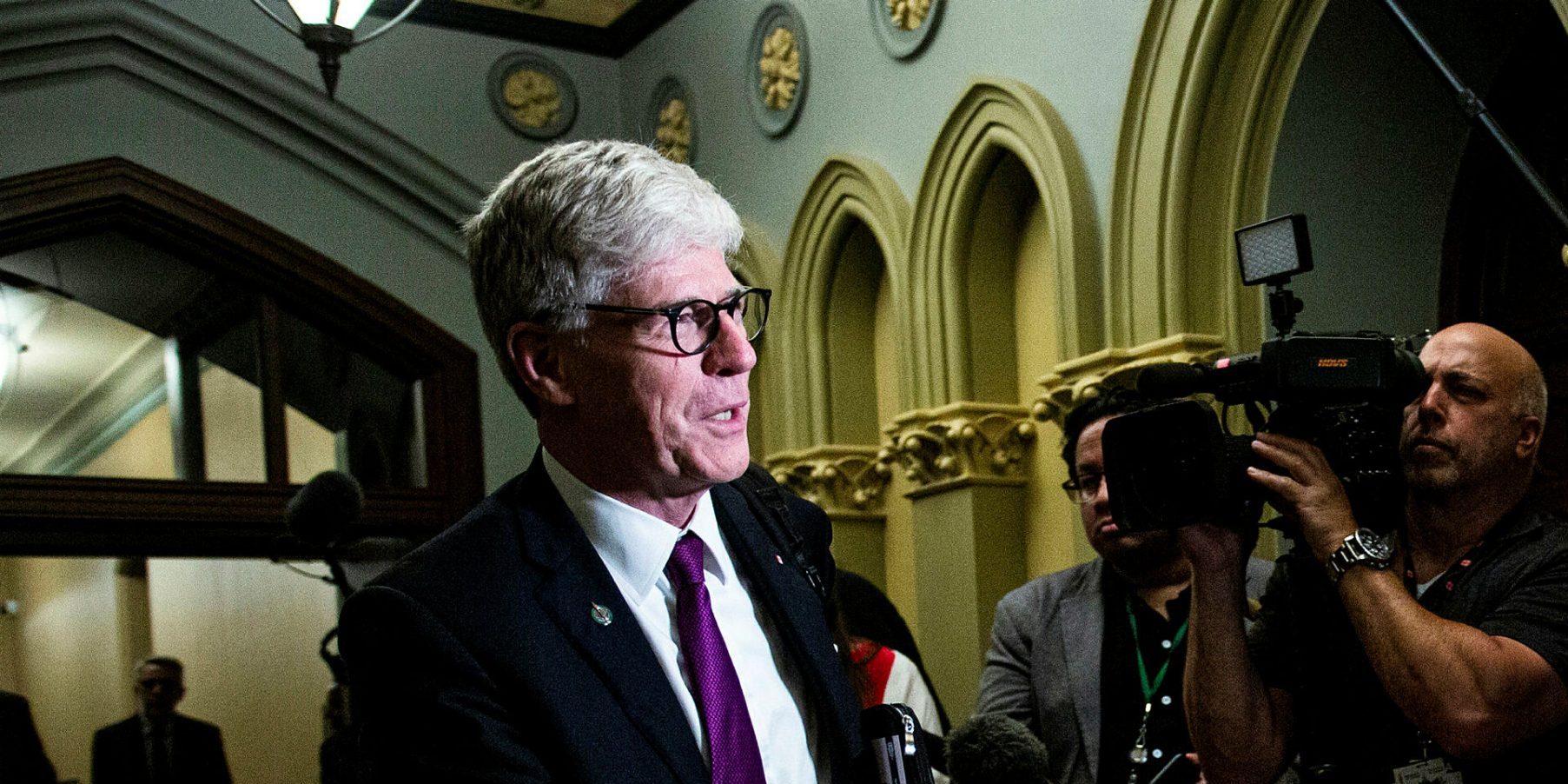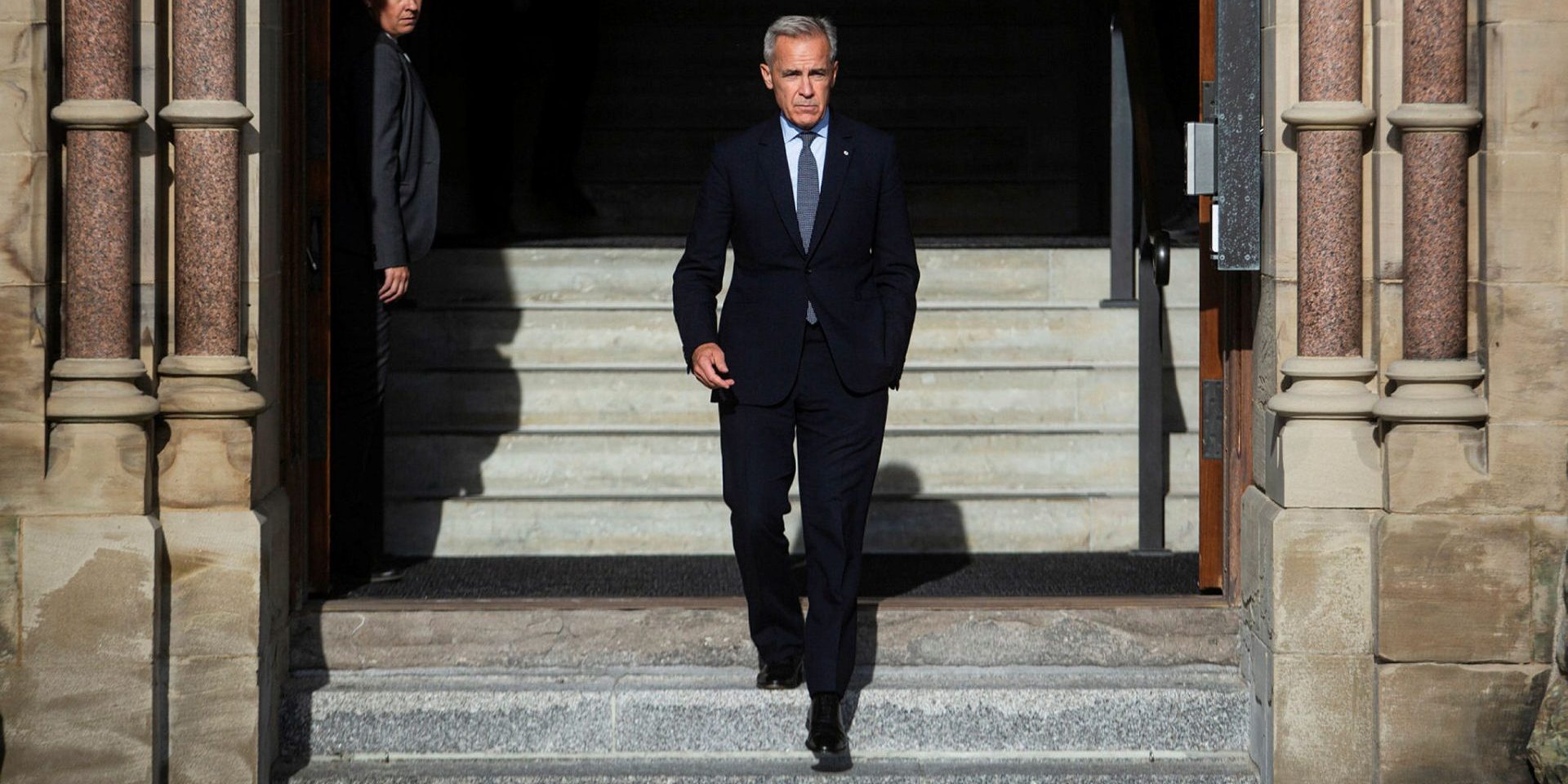Any Arctic strategy must ensure Canadian control

KAMOURASKA, QUE.—“War is diplomacy by other means,” said Prussian military theorist Carl von Clausewitz. This saying is more pertinent with each passing day. The wars in Ukraine and Palestine are examples of conflicts being resolved by force, not negotiations. And now, Canadians are faced with United States President Donald Trump’s threats to our sovereignty, notably in the Arctic.
Our Arctic contains untold stores of minerals, oil, and gas, and holds a coveted shortcut across the top of the world: the Northwest Passage. But while we claim sovereignty over the Arctic based on agreements signed with the British in the 19th century, some countries have never recognized the Arctic waters as Canadian.
Our so-called “closest ally,” the U.S., has always refused to acknowledge that the several routes of the Northwest Passage are Canadian, arguing they are international waters. In 1969, the 100-metre-long American oil tanker Manhattan attempted to cross the Passage without Canadian permission or support. However, it eventually requested permission and was accompanied by the Coast Guard icebreaker John A. Macdonald, which freed the ship from the ice more than a dozen times.
Canada classifies the Northwest Passage and the Arctic archipelago as “internal waters,” according to the United Nations Convention on the Law of the Sea, but the U.S. has never ratified the agreement. Meanwhile, traffic is bound to increase exponentially with global warming: 18 large ships passed through the Passage in 2024.
In the Feb. 26 issue of The Hill Times, Ernie Regehr promoted a Team Canada approach to the Arctic, “an integrated whole-of-government operation that mobilizes all of the 5Ds [diplomacy, defence, development, democracy, and disarmament] on which security is ultimately built.”
While I endorse Regehr’s dedication to a peaceful world, I think we need to be realists, and acknowledge the Arctic is a prize sought by Russia, China, and the Trump-led U.S. We must also recognize our current military presence in the North must be bolstered enormously to defend our territory.
In a recent column, I warned of Trump’s desire to carve up the world into “spheres of influence,” a theory now gaining credence. In his recent speech to Congress, he delivered a chilling message to Greenland: “We will get it, one way or another.” While his desire to annex Canada must be taken as real, it may be cover to carve up the North with the Russians and Chinese.
In addition to reducing the time for ships to travel around the world, there is the obvious strategic value of the North. However, in the Trudeau government’s 2024 defence policy update Our North, Strong and Free, there is a brief section on the Arctic, promising to “support Canadian Armed Forces operations and contribute towards the needs of territorial governments, Indigenous peoples, and Northern communities.” There is nothing on a defence buildup in the region.
Similarly, in the 2022 Arctic and Northern Policy Framework, the priorities are primarily domestic: “create jobs, foster innovation and grow Arctic and northern economies.” Given our past myopia, we must now invest in a genuine vision of northern sovereignty.
One of Trump’s current obsessions is “taking back” the Panama Canal. But the canal has its flaws: it is aging, and a long slog to Asia. Meanwhile, the Northwest Passage offers a coveted shortcut between Asia, America, and Europe, albeit with one downside: its northern route remains icebound most of the year.
By contrast, the warmer southern route hugging Canada’s mainland is open longer, and is more than 500 kilometres south. With Canadian expertise and close collaboration with the people of Nunavut, there is an opportunity to build a canal through the lakes on the southern Boothia Peninsula. This would allow ships to travel below Baffin Island, across the peninsula to Taloyoak, and on to Cambridge Bay, which would become the keystone of northern defence, as always intended.
This new canal would initially be open to shipping at least half the year. It would control access to the Passage, protect the environment, and “tollgate” foreign ships to pay the cost of construction and maintenance.
It is an expensive project, but it would ensure control, management, prosperity, and sovereignty in our North. That’s something we need to consider when dealing with old adversaries Russia and China, and our new one: the United States of America.
Andrew Caddell is retired from Global Affairs Canada, where he was a senior policy adviser. He previously worked as an adviser to Liberal governments. He is a town councillor in Kamouraska, Que. He can be reached at pipson52@hotmail.com.
The Hill Times






 LICENSING
LICENSING PODCAST
PODCAST ALERTS
ALERTS


